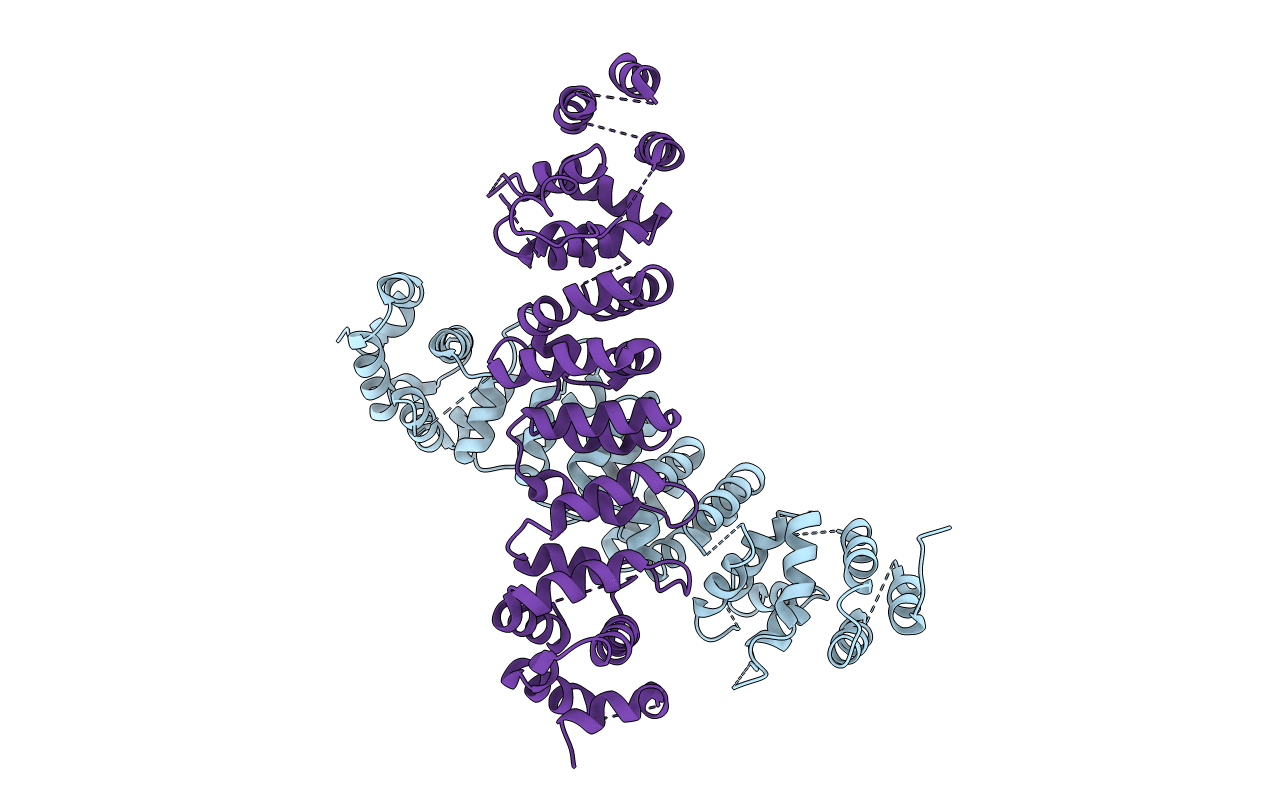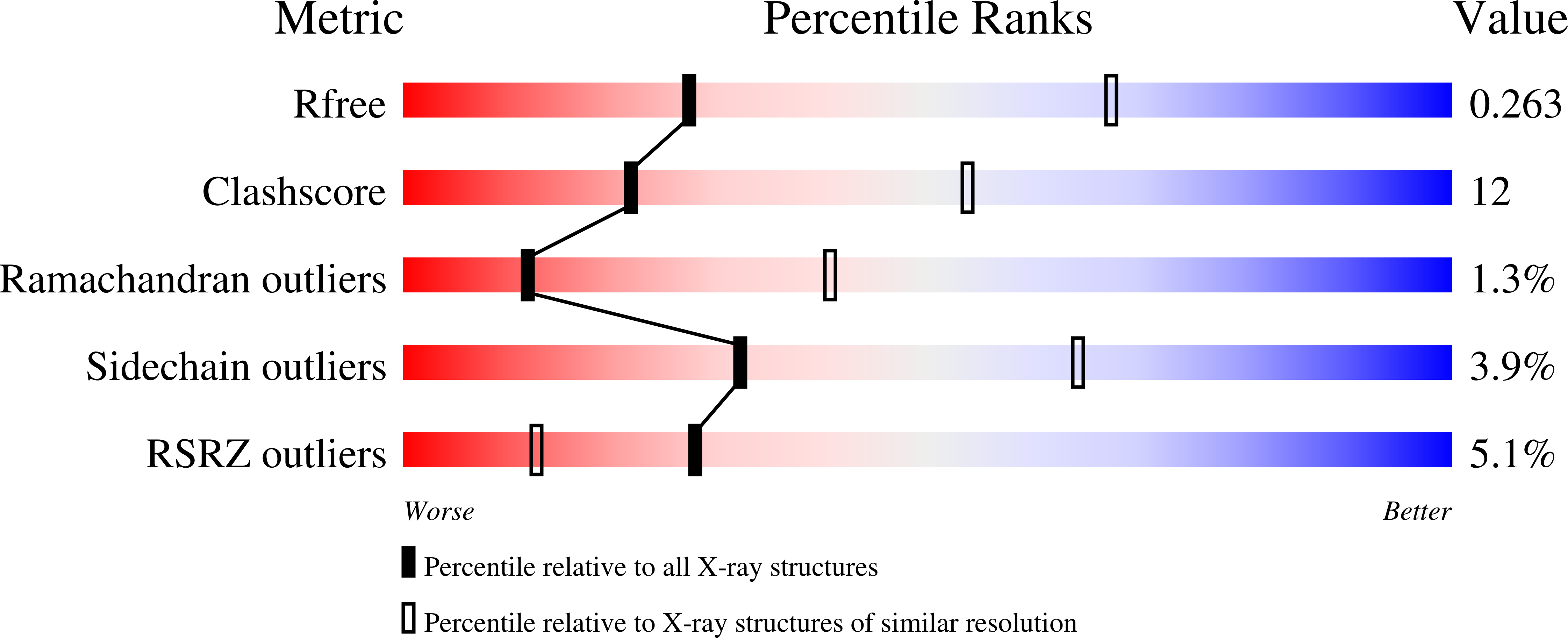
Deposition Date
2020-04-20
Release Date
2020-12-02
Last Version Date
2024-03-06
Method Details:
Experimental Method:
Resolution:
3.11 Å
R-Value Free:
0.26
R-Value Work:
0.20
R-Value Observed:
0.20
Space Group:
H 3


